In an era of disposable consumerism and fast fashion, a quiet revolution is brewing in retail strategy. Forward-thinking brands are rediscovering the profound value of repair, not merely as a service, but as a powerful, living testament to their product quality and a cornerstone for building unshakable customer loyalty. The concept of "Repair as Marketing" is moving from a niche, sustainability-focused practice to a central pillar of sophisticated customer retention strategies. By establishing in-house repair workshops, brands are engaging in a form of marketing that is authentic, experiential, and deeply resonant, transforming a simple transaction into a long-term relationship.
The traditional marketing playbook often revolves around acquiring new customers through aggressive advertising and promotional discounts. While effective for short-term spikes in sales, this approach can be costly and often fails to foster the emotional connection that turns a one-time buyer into a lifelong advocate. In contrast, the decision to invest in a repair workshop signals a fundamental shift in priorities. It communicates a powerful message: we believe in the longevity of what we create. This is not a message that can be convincingly conveyed through a slick advertising campaign; it must be demonstrated through action. When a customer entrusts a beloved but damaged item to the brand that made it, the interaction is no longer about selling. It is about caring, preserving, and honoring the customer's initial investment and the memories attached to the product.
These brand-led repair workshops function as immersive brand experiences. They are physical spaces where the company's values are tangibly on display. Customers witness firsthand the craftsmanship that went into their purchase, the quality of the materials, and the expertise of the artisans or technicians who bring these items back to life. This transparency builds immense trust. It demystifies the product and validates its price point, countering the perception of disposability that plagues many modern goods. For luxury brands, in particular, this reinforces the aura of heritage and meticulous artistry. For outdoor and apparel companies like Patagonia or Barbour, it reinforces a commitment to adventure and durability, ensuring their gear is ready for decades of use. This hands-on validation is a marketing tool more potent than any celebrity endorsement.
Furthermore, the repair process itself generates a unique and positive series of touchpoints that deepen the customer relationship. The initial consultation, the progress updates, and the final moment of returning a restored item create a narrative arc of care and resolution. Each interaction is an opportunity to demonstrate customer service excellence and reinforce brand values. This stands in stark contrast to the all-too-common frustration of dealing with outsourced warranty services or being told replacement is the only option. The gratitude and relief a customer feels when a cherished item is saved foster a powerful sense of brand allegiance. This emotional capital is invaluable; a customer who has been helped in this way is far more likely to repurchase and, crucially, to become a vocal brand evangelist, sharing their positive experience within their social circle.
From a purely business perspective, repair-as-marketing is a remarkably efficient loyalty program. The cost of operating a workshop, while not insignificant, is often offset by the service fees charged for repairs and the significant reduction in costs associated with processing returns and handling warranty claims through third parties. More importantly, it directly increases Customer Lifetime Value (CLV). A customer who continues to use a repaired product is not in the market for a immediate replacement. However, when they do eventually need a new item, the brand that provided such a thoughtful service is overwhelmingly likely to be their first and only choice. The workshop, therefore, creates a closed-loop system where customer retention is built into the very lifecycle of the product.
This strategy also positions a brand brilliantly in response to the growing global demand for sustainable and responsible business practices. Consumers are increasingly making purchasing decisions based on a company's environmental and ethical footprint. A repair workshop is a highly visible commitment to reducing waste and combating the throwaway culture. It allows a brand to authentically participate in the circular economy, not just with words in a corporate social responsibility report, but with a concrete service that customers can actually use. This aligns the brand with the values of a conscious consumer base, attracting a demographic that is loyal, engaged, and willing to support businesses that reflect their principles. In this sense, the repair workshop acts as a magnet for a brand's ideal customers.
Of course, implementing a successful repair program requires a foundational commitment to quality. A brand cannot effectively repair products that were not built to be repaired in the first place. This necessitates a shift in design philosophy towards modularity, the use of durable materials, and accessible construction. This internal realignment, from design to aftersales, further strengthens the brand's integrity, creating a cohesive narrative of quality from inception to restoration. It’s a holistic approach that makes the marketing message utterly authentic because the entire organization is built to support it.
In conclusion, the rise of the brand repair workshop is far more than a trend; it is a strategic reimagining of the customer relationship. It moves beyond the ephemeral noise of traditional advertising to create quiet, powerful, and lasting bonds of trust. It is marketing through action, not assertion. By embracing repair, brands are not just fixing products; they are nurturing loyalty, advocating for sustainability, and building a reputation for integrity that resonates deeply with today's discerning consumers. In the economy of the future, the most valuable brands will be those that customers trust to stand behind their products, literally and figuratively, for years to come.

By /Aug 21, 2025

By /Aug 21, 2025
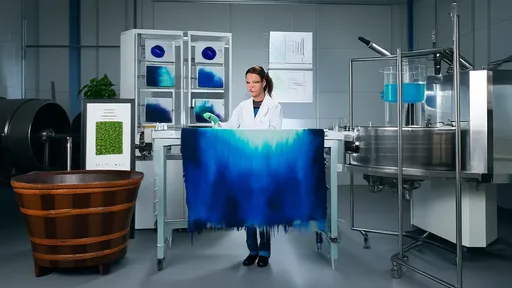
By /Aug 21, 2025

By /Aug 21, 2025

By /Aug 21, 2025

By /Aug 21, 2025

By /Aug 21, 2025

By /Aug 21, 2025

By /Aug 21, 2025

By /Aug 21, 2025
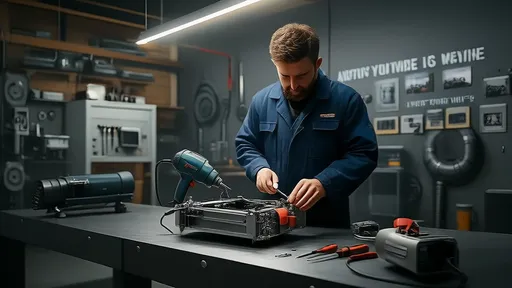
By /Aug 21, 2025

By /Aug 21, 2025
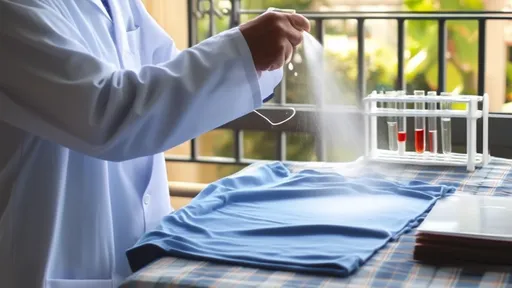
By /Aug 21, 2025
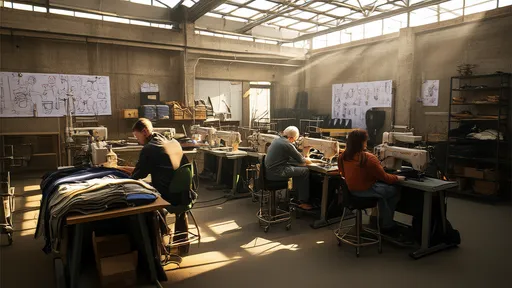
By /Aug 21, 2025
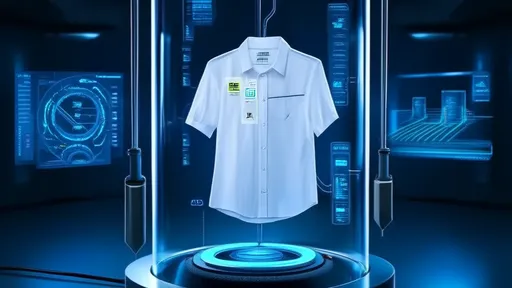
By /Aug 21, 2025

By /Aug 21, 2025

By /Aug 21, 2025

By /Aug 21, 2025
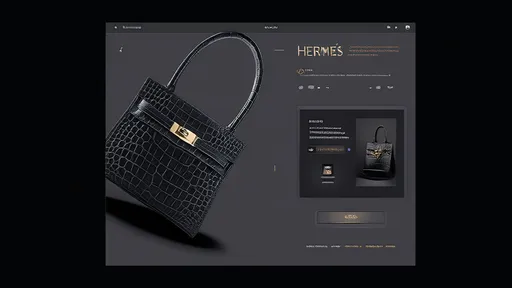
By /Aug 21, 2025
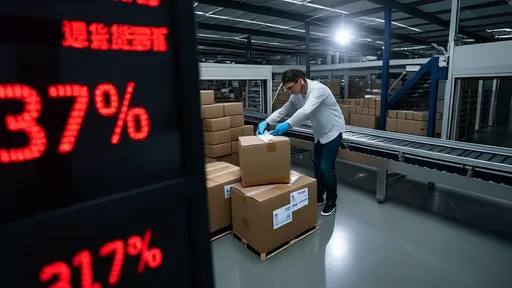
By /Aug 21, 2025